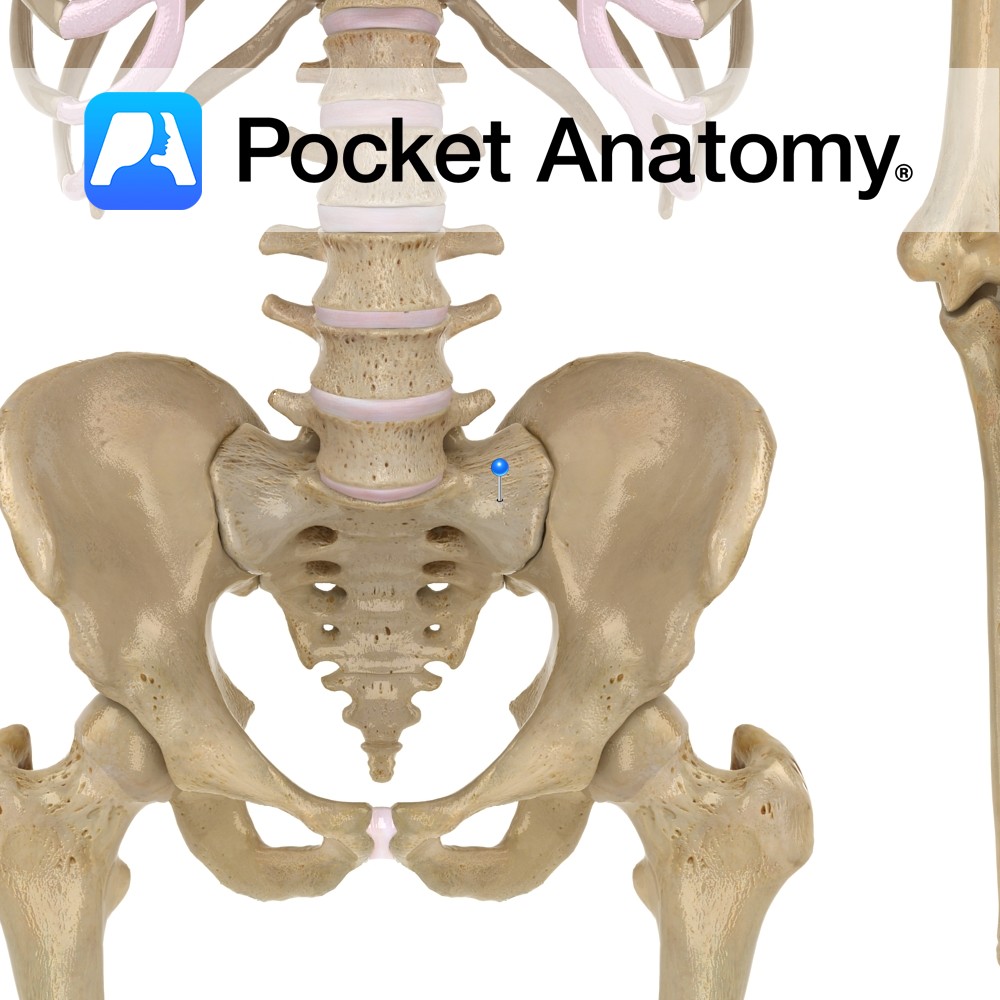Anatomy
Origin:
Arises from olfactory receptors in the epithelium of the nasal cavity.
Course:
The olfactory receptor axons enter the cranial cavity through the foramina of the cribriform plate of the ethmoid bone. They synapse in the olfactory bulb located on the inferior surface of the frontal lobe. Information is carried from the olfactory bulb by the olfactory tract to reach the primary olfactory cortex in the medial temporal lobe.
Functions
The olfactory nerve is sensory; responsible for the sense of smell.
Clinical
Anosmia is the absence of the sense of smell. Bilateral anosmia can be caused by diseases of the olfactory mucous membrane such as a common cold or allergic rhinitis. Bilateral anosmia may also occur (and frequently predates the extrapyrimadal features of) idiopathic Parkinson’s disease.
Unilateral anosmia can be caused by damage to the olfactory nerves, bulb or tract. A cribriform plate fracture could tear the olfactory nerves or a tumour could compress the olfactory bulb or tract.
The sensation of smell diminishes with age due to a progressive decrease in the number of olfactory receptor neurons. Patients with temporal lobe epilepsy may experience distasteful olfactory hallucinations due to olfactory projections to the temporal lobe.
Clinical examination:
The patient is blindfolded and asked to identify different odors that are placed near their nostrils. Each nostril is tested separately.
Interested in taking our award-winning Pocket Anatomy app for a test drive?


.jpg)


